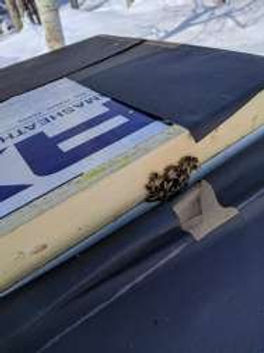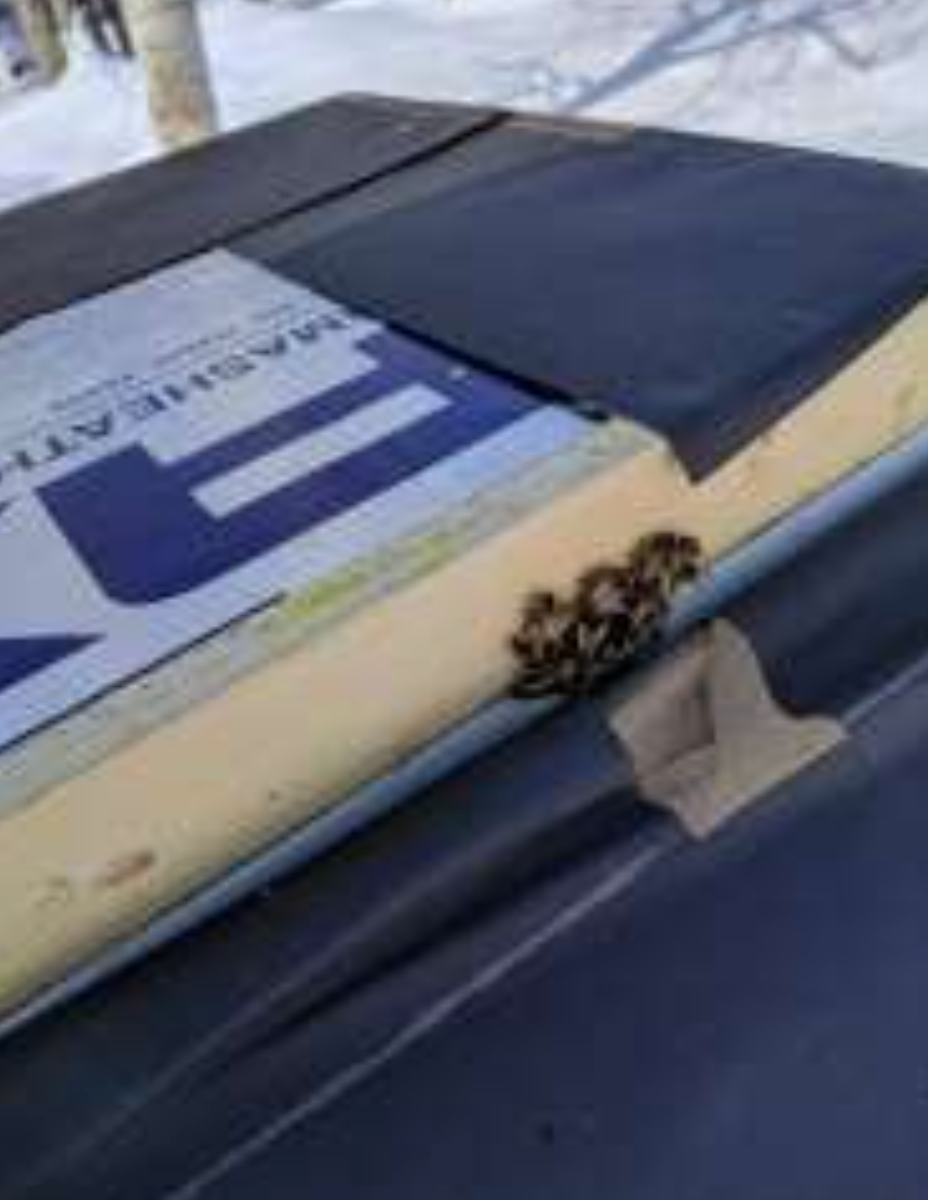Items Needed This Month
-
2:1 syrup Only add if hive is light and temperature is still fairly warm in the forecast. Not highly recommended.
Items Needed Next Month
-
Fondant Patties or make your own patties. Recipe here
-
OAV/OAD mite treatment
Action Items
Overwintered/Newbees
-
Hive inspection
-
Every 14 days if weather permits (60 degrees or warmer) and do a quick check for queen rightness (means you see eggs), brood status (good pattern). The size of the brood nest will start shrinking as it gets colder and food stops coming in.
-
If you see any queen cells you need to act now try and find new queen. There is no time to raise a new one. Too risky..
-
You will start seeing drones taken out by workers and giving them the boot.
-
Hive configuration with 2 deep boxes
-
Second brood box should be 3/4 - full of honey with some brood in the bottom middle.
-
Bottom brood box should have 2 frames of honey on each side of box and most of the brood in the middle frames. This would look like a basketball in the bottom box poking up in the second box.
-
Your hive should weigh around 100+ lbs. by now.
-
Feed 1 gallon of 2:1 syrup (only if hive is light on honey)
-
Only feed your hive if its still fairly warm in the forecast. This isn't highly recommended but if your hive is still light then add one gallon. We don't want the hive to enter winter with high water content (uncapped honey) in there winter stores. This can lead to dysentery problems in the hive.
-
Place your entrance reducer to medium size if you haven't had a chance yet.
-
Look at November Action Items to know what to plan for next month.
Mite Treatments
-
No mite treatments this month (should have already applied Fall mite treatments. Look at September Calendar if you haven't applied anything yet.
*OAV (oxalic acid vapor) *OAD (oxalic acid dribble) *OAE (oxalic acid extended-release i.e. sponge or towel)
It's getting cooler now and harder for our bees to find nectar and pollen in the wild. Hives are trying to rob from each other (mother natures way of culling out the weak and reallocating resources from the weak hives to the strong; Mother Nature can be pretty brutal). Make sure you have your hive entrances reduced to a size that your hive can defend adequately to prevent your hive from being robbed. The entrance size should be 2-3 inches for a strong hive and 1 inch if it is a weak hive.

As The temperatures get colder the cluster in the hive will get tighter and on days that get below 45-40 degrees they won't fly at all. I like to wrap my hives in black tar paper creating an additional wind breaker and the black paper absorbs sun and heat. I also replace the inner cover with a "Bee Beanie" an insulated top (90% of hive heat loss is out the top) that also has an important small top entrance for moisture ventilation , and space above frames to place winter fondant patties. (The 2 links above go into detail about the "Bee Beanie and the how to make the fondant patties). This is equipment that I built to ensure the hive has adequate resources through the winter months. I find the best time to wrap and add the insulated top, is usually in the first to middle part of November; it varies from year to year. I want the day time temperatures to be down in the low 60s and 50s. Some years it stays nice and warm up till Thanksgiving and others it starts to snow and get cold around Halloween. Watch the weather patterns. I have had great results in getting my hive through the winter using the "Bee Beanie" and applying fondant patties starting in December and wrapping the hive. . (This won't help if you didn't do adequate mite management in early September, though).
You should inspect your hive to make sure you have a queen, and see how big the brood nest is, and how much honey they have stored, and do an overall evaluation of hive strength. This will help you evaluate the hive's chance of surviving till next spring and how much winter feeding you may want to do. Unfortunately queen replacement at this time of year is hard to do; even finding queens to purchase, or attempts at late season re-queening usually don't succeed.
Something for you to note and consider: We've had a resurgence of high mite counts as we get in to November, so we will do a final mite treatment (recommend oxalic acid because the hive will be virtually broodless at this time) as we want them to be as mite free as we can going into winter.
Action items for this month-
-
Feed 2:1 (sugar to water ratio) syrup to help them through this dearth period of nectar and pollen.
-
Make sure entrance is reduced to a size your hive can defend 1 to 3 inches (depends on strength of your hive)
-
Make sure you have an insulated top with space for winter fondant feeding and top entrance for the winter as well as wrapping the hive with black tar paper.. I put this on usually in November, but preparing equipment now will help you get hives taken care of quickly once the snow flies.
Happy Beekeeping and See you Next Month!

